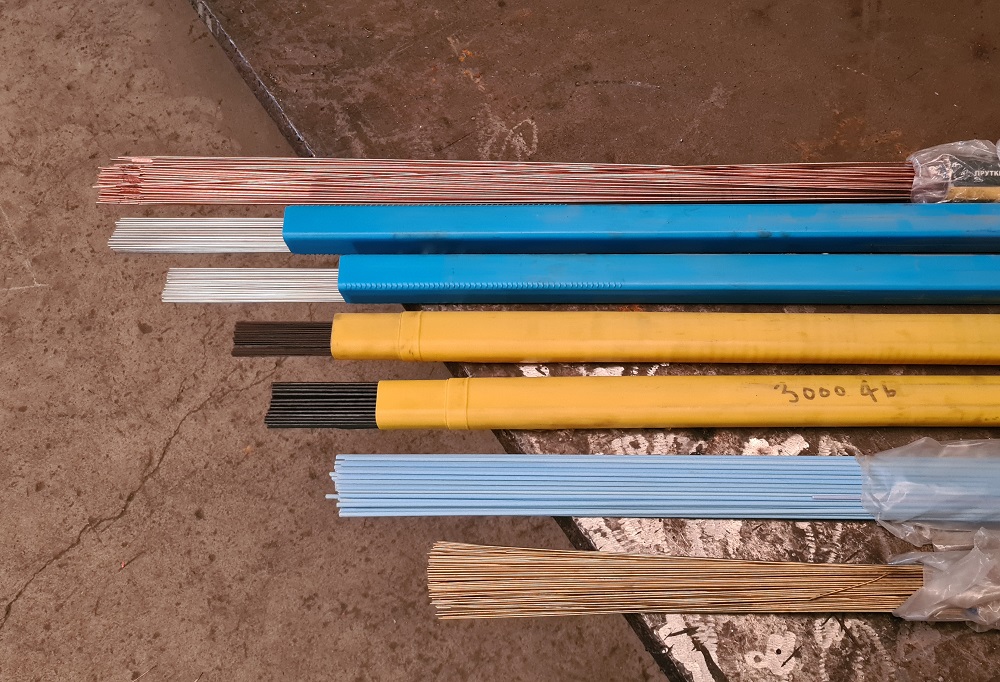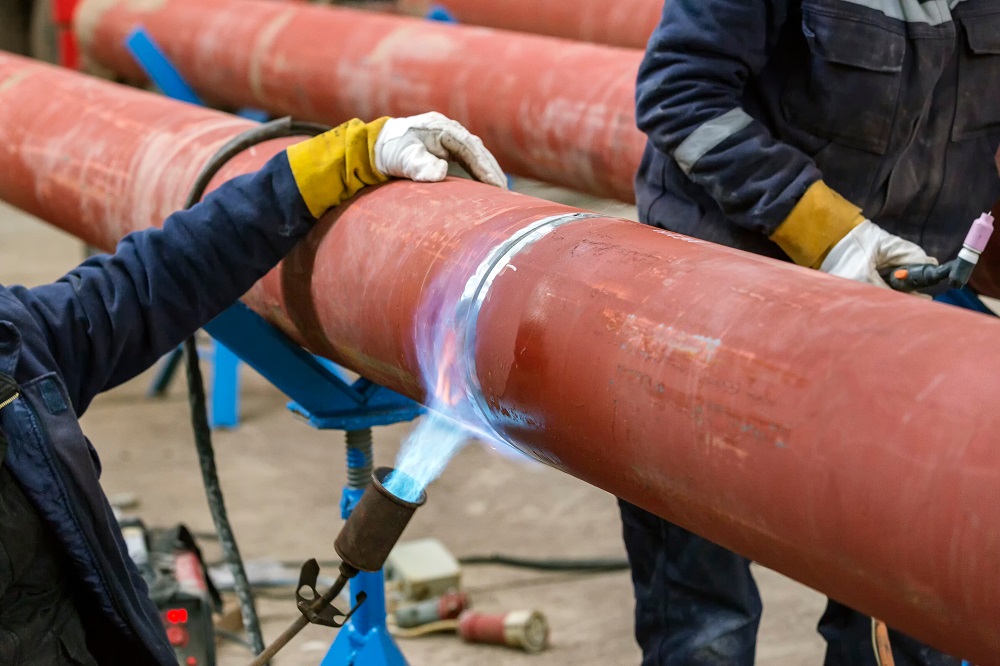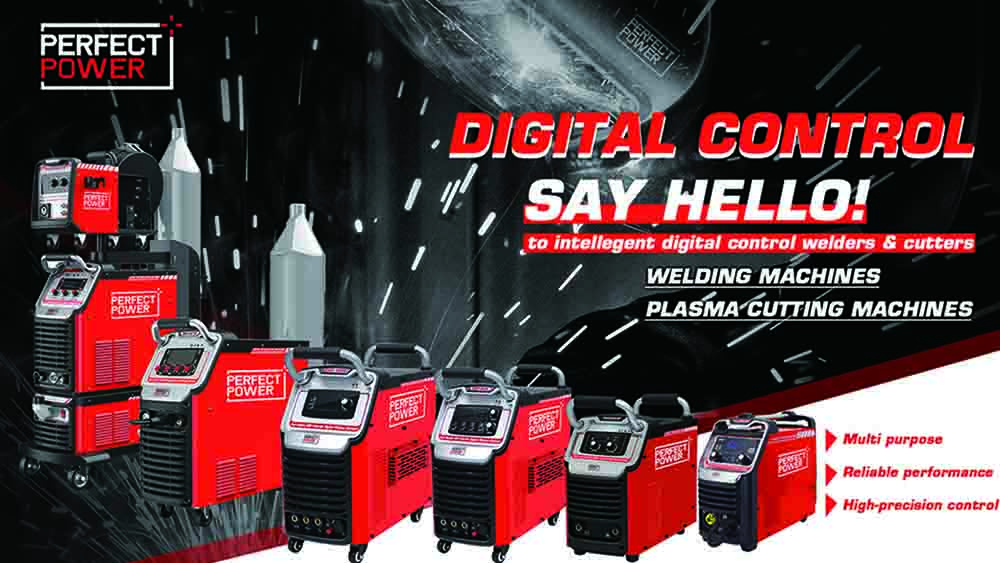Good preparation matters when it comes to accomplishing a mission. Before you start your welding work, there are some essential things you need to take care of. Let’s get to know those in detail.
Choosing the Right Filler Material

This is an essential step for field welding, and that is selecting the right filler materials. It has a big impact on the longevity and durability of the weld joint. There are few things you need to consider when selecting the filler material.
A technician will have to assess the material properties and chemistry of the parent material before finishing the joint and make sure both of them are complementary to make sure of the highest adhesion.
Cleaning the Joint
The next step is to clean the joint. If there’s any debris and dirt remaining in the joint, they might give you a weird finishing. You need to get rid of any oils, rust, or paint from the welding area before you begin to weld. Also, all the equipment involved in the welding should be cleaned properly before use.
Preheating the Weld Area

You cannot apply a hot welding arc to cold steel. The temperature imbalance will bring imperfections in your weld. The easiest solution to deal with the issue is preheating the parent material.
This will help you to get rid of any hydrogen, oxygen, or other gases which may decrease the quality of the weld. Without performing this action, you might notice distortion, shrinkage stress, or severe crack on the weld.
Advantages of Welding Joint
Welding joints is fundamental in the manufacturing procedure. You cannot imagine the manufacturing industry without this technique applied, to be honest. In this section, we will discuss the benefits of welding joints. Let’s find out.
- It’s a permanent joint. This helps to avoid any leakage or failure and makes a reliable joint between the components.
- There’s no chance to underestimate the strength of the welding joint. It will give you superior joint strength.
- You won’t have to drill any holes in the parent parts. So, there’s no choice but to weaken the strength of the parent components.
- The load-bearing capability of the welded components won’t change after joining.
- You can improve the mechanical properties of the weld bead to your desired level in the welding joint.
- What makes this process incredible is the option to connect different shapes such as bars, sheets, plates, etc.
- You can also join multiple dissimilar metals with or without the help of a filler metal.
- Besides metals, you can join plastics, as well.
As you can see, a welding joint has a lot of advantages. Therefore, when it comes to joining any metal parts, woods, or plastic, without any doubt, we can say this is the best option you have.
Disadvantages of Welding Joint
You know there’s a saying, “Nothing is perfect in this world. Everything has its pros and cons.” And there’s no exception when it’s about the welding joint. Anyways, let’s find some cautions, too.
- You will have to deal with metallurgical changes as the base plates need to be heated to increase temperature. After that, cool down to room temperature when welding.
- Residual stress generation will also be an issue because of the uneven heating and cooling.
- You may also face distortion of the connected structure, which can bring dimensional inaccuracies.
- The structure won’t do much well in dealing with vibrations. In long-term exposure to vibration, the joints will face a hard challenge to survive.
At large, a welding joint is an excellent method of joining objects together. What comes to play is how you do it. Therefore, if you follow the proper procedure, you are not supposed to have any big issues with it.
No tags for this post.


